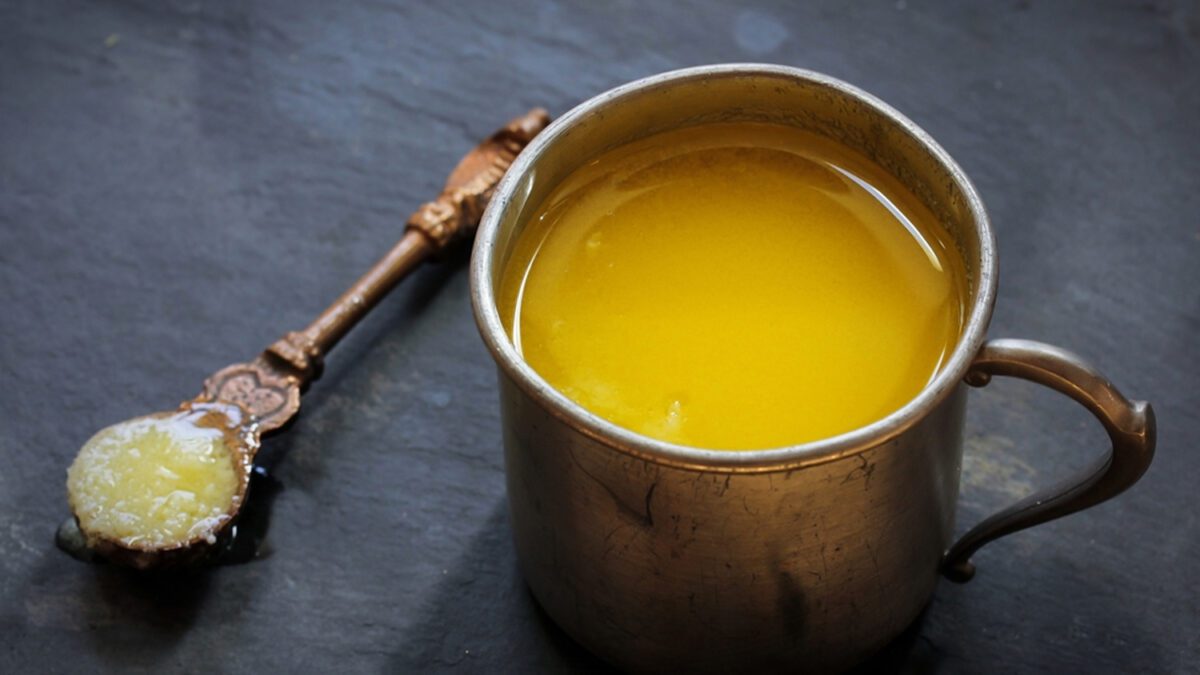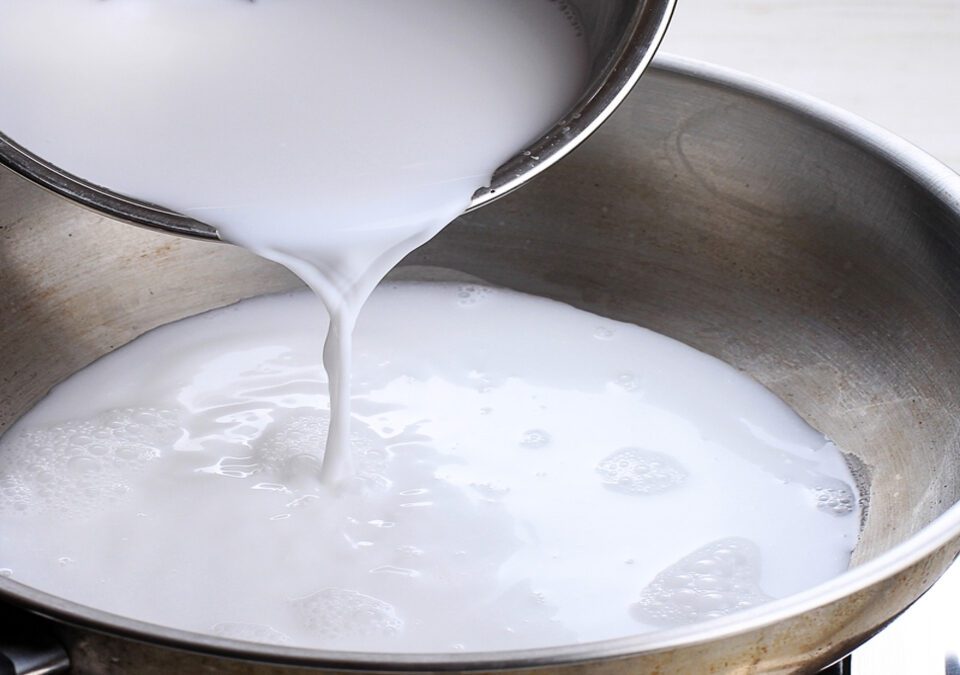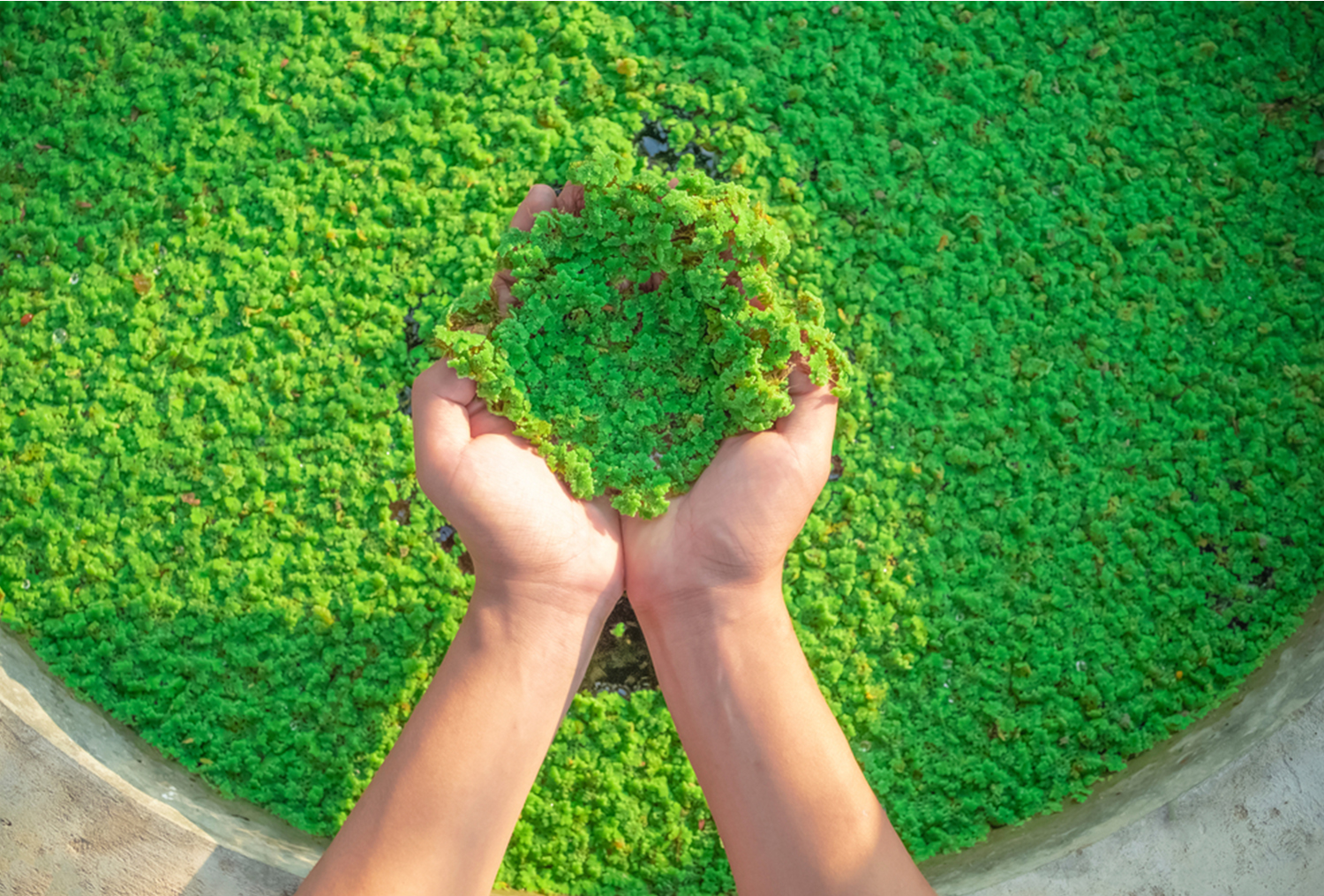
Homogenized milk vs Pasteurised milk: Key differences
April 14, 2023
Looking beyond Malai ka Ghee
May 23, 20236 Common Myths about Ghee
Ghee is a staple ingredient in Indian cuisine and has gained popularity around the world in recent years. As discussed in our previous blog ghee is a golden superfood helping to treat a range of health concerns ranging from treating skin burns to strengthening the immunity system. However, there are several myths surrounding the consumption of ghee that may discourage some people from incorporating it into their diets. With digitization and increased accessibility to information, a raft of misconceptions are floating around the internet. Don’t worry, in this piece, we will debunk the top 6 myths surrounding ghee consumption and shed light on why they are incorrect.
Myth #1: Ghee is unhealthy
One of the most common misconceptions about ghee is that it is unhealthy as it is 100% fat. While it is true that ghee is a form of fat, not all fats are created equal. Ghee is a great source of healthy fats, including medium-chain triglycerides (MCTs) that are beneficial for the body and overall health. In fact, studies conducted by The Ohio State University (2010), Columbus revealed consumption of ghee can improve lipid profile and reduce the risk of heart disease immensely.
Myth #2: Ghee is only for cooking Indian food
Ghee is a versatile ingredient that can be used in a variety of dishes, not just in Indian cuisine. It has a high smoke point, making it ideal for high-temperature cooking, such as frying and sautéing. Additionally, ghee adds a rich and nutty flavour to dishes, making it a popular ingredient in slow-cooked dishes and as a spread on toast, paratha, etc.
Myth #3: Ghee makes you fat
The myth that prevails commonly among many health-conscious people is the association between the consumption of ghee and weight gain. Contrary to popular belief, ghee contains Conjugated Linoleic Acid (C.L.A.) which cuts down stubborn fat, helping in weight management immensely. It is a form of healthy fat with an expansive nutrition profile. From amino acids to vitamins, the list is wide and leaves little room for doubt about its effects on weight gain.
Myth #4: Ghee consumption increases the risks of heart diseases
More often than not, people hesitate against ghee consumption due to the fear of inflicting heart ailments. In fact, Ghee is a nutritional powerhouse that delays the beginning of heart diseases by lowering bad cholesterol levels. Being rich in vitamins A, E, D, and a variety of antioxidants. Ghee is a better option than olive oil, groundnut oil, etc.
Myth #5: Ghee is difficult to digest
Several individuals believe that ghee is difficult to digest and causes bloating. Butyric acid, one of the few naturally present proponents in ghee, may aid to boost immune response, decrease inflammation, and assist smooth food digestion. Ghee helps to regulate bowel movements while avoiding constipation. It aids digestion and promotes gut health by assisting the digestive system and boosting gastric acids to maintain and heal the stomach.
Myth #6: Cooking using ghee can be unsafe
Unlike numerous oils, which have a low smoke point and consequently break down and form free radicals, ghee has a significantly higher smoke point (around 250 degrees Celsius) and thus does not break down into free radicals, making it a safer medium for cooking when compared to refined oils, particularly groundnut oil.

Ghee is indispensable for a healthy body. Thankfully, with an ample amount of research and practice, these myths are now being challenged and nullified. Our bodies require a healthy amount of fat consumption to function well and Sid’s farm ghee made of fresh milk is the ideal candidate for it. New-age dairy brands like Sid’s Farm ensure that their Ghee is made from 100 % tested and pure milk, making it a perfect partner for all your culinary creations. Including pure ghee in your daily diet strengthens your digestive system along with strengthening overall immunity. So, feel free to embrace this healthy superfood as your preferred shield every day.



